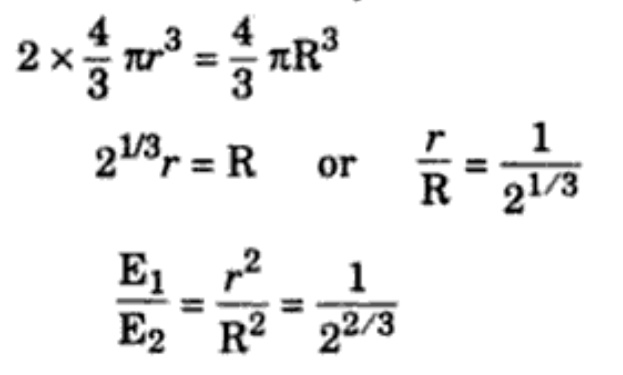CBSE 11TH PHYSICS - Online Test
In adiabatic process
Given that W = -22.3J
in second process
Let F1 = 8N & F2 = 6 N.
then the resultant force is
=
= 10N
The direction is determined as
= 6/8
therefore
Moment of inertia of rod about an axis through its one end and perpendicular to its length
M = 2 Kg
L = 1 m
Moment of inertia of rod in terms of radius of gyration
I = Mk2

At what temperature is the root mean square speed of an atom in an argon gas cylinder equal to the rms speed of a helium gas atom at – 20 ? (Atomic mass of Ar = 39.9 u, of He = 4.0 u).
How many g does 1 kg equal?
We know 1 kg = 103 g
1 m2 = 104 cm
1 s-2 = 1s-2
multiply all these quantities we get
=> 1 kg m2 s-2 =
